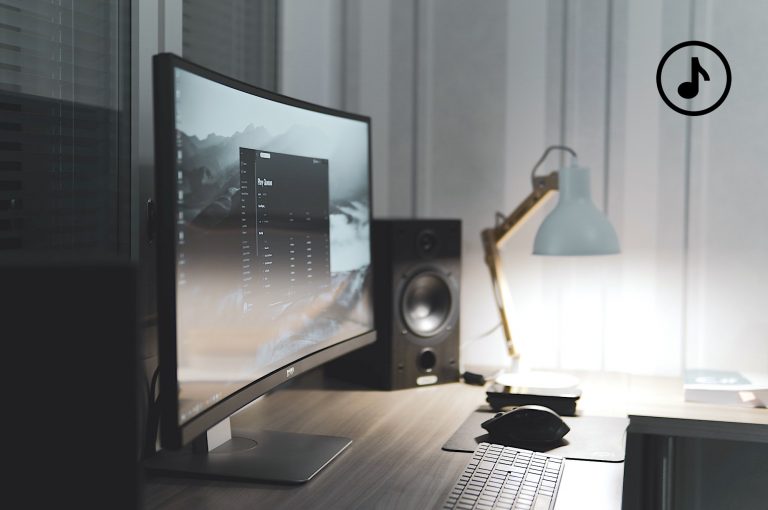universal phones for all occasions. What are they capable of?

The Redmi Note 13 and Redmi Note 13 Pro phones recently introduced by Xiaomi went on sale in Russia. Both devices look similar, and if you compare them in black, it is sometimes difficult to determine which model you have in your hands. But this is the first impression. In fact, the devices have many differences, which we will try to examine and compare in detail in this review. As always, we reveal the characteristics, evaluate the capabilities – and all this is under the cut.
First, about the characteristics, configuration and design

Redmi Note 13 | Redmi Note 13 Pro | |
Processor/GPU | Snapdragon 685/(6nm) Adreno 610 | MediaTek Helio G99-Ultra(6nm)/Mali-G57 MC2 |
Screen | 6.67'' (Flow AMOLED DotDisplay, 2,460 × 1,080px, 120Hz, 1,800 nit, Corning Gorilla Glass 3) | 6.67'' (Flow AMOLED DotDisplay, 2,460 × 1,080px, 120Hz, 1,300 nit, Corning Gorilla Glass 5) |
Memory | 6/128, 8/128, 8/256 LPDDR4X + UFS2.2 | 8/128, 8/256,12/512 LPDDR4X + UFS2.2 |
Camera | 16 MP Front/108 MP + 8 MP + 2 MP | 16 MP Front/200 MP + 8 MP + 2 MP |
operating system | Android 13 + MIUI 14 | Android 13 + MIUI 14 |
Dimensions and weight | 162.24 × 75.55 × 7.97 mm, 188.5 g | 161.1 × 75 × 8 mm, 188 g |
Available colors | Black, blue, green | Black, purple, green |
As for the packaging, there is nothing to complain about. Inside the box there is a charger, a cable, a case, a clip for removing the SIM card and instructions, and a protective film is already glued to the screen. Such attention to detail today, unfortunately, is not found among all manufacturers.

Now about the design. The devices fit perfectly in the hand and create a premium feeling. The frames are neatly rounded and do not cut into the palm. Both models are equipped with large and bright AMOLED screens. The main camera block protrudes noticeably above the surface of the cover. It is noteworthy that the cameras in Redmi Note 13 Pro are larger in diameter and located slightly higher than in Redmi Note 13. Individual flashes and wide-angle cameras are highlighted in the form of small circles.

All controls are located in the usual places. On the right side there is a power button and a volume rocker. Below we see the speaker, microphone and USB-C connector. The Redmi Note 13 also has a slot for two SIM cards, which in the Redmi Note 13 Pro is located on the left side and is combined, allowing you to use either two SIM cards or one SIM card and one memory card.

On top, the developers placed an additional microphone for the noise reduction system, stereo speakers and an infrared port, as well as a 3.5 mm headphone jack, which will certainly please Xiaomi users.

Screen
Large, bright and colorful – these are the adjectives that come to mind when describing the AMOLED displays of these 6.67-inch smartphones. They have excellent color reproduction, fast response and high resolution. The screen refresh rate can reach 120 Hz, providing smooth scrolling and comfortable viewing of dynamic scenes.
It's also worth noting that the peak brightness of the Redmi Note 13's display is higher than that of the Redmi Note 13 Pro, making it a little brighter and more colorful. Both models have very thin frames. Xiaomi has made sure that each user can customize the screen to suit their individual preferences. Additional features include blue light reduction, Reading and Bright Light modes, and the aspect ratio of the display makes working with the device even more comfortable. All this allows your eyes not to experience fatigue even with prolonged use of the smartphone.

In addition, the fingerprint scanner is now integrated into the screen and is fast and accurate. In the settings you can select additional visual effects, such as “Wings”.
Cameras
The set of cameras in these models is similar, but the quality of photos and videos is noticeably different. The undoubted leader is Redmi Note 13 Pro. This model is capable of shooting video in 1080p resolution at 60 frames per second, while the stabilization works very effectively, allowing you to get smooth video even with strong camera shake. The level of detail is high and colors are accurate and vibrant.
When taking photos, Redmi Note 13 Pro provides four times optical zoom. Photos remain sharp and rich in color regardless of zoom. Excellent image quality is maintained both in daylight and in the dark. The wide-angle camera in both models is sensitive to the quality of lighting and greatly blurs the pictures.

Redmi Note 13 offers more modest capabilities in terms of video shooting: maximum resolution is 1,080p at 30 frames per second, there is no image stabilization. However, the photo quality is not bad. In addition, a zoom of up to 3x is available, although photos are sharpest when zoomed to 2x. Photos taken at 3x zoom may not be as sharp or clear due to the lack of stabilization, so it's important to hold your smartphone firmly to avoid image blur.

The front cameras of both models have a resolution of 16 megapixels, but they shoot differently. I liked the photos taken with the Redmi Note 13 better, perhaps due to the fact that this model produces more saturated colors. The Redmi Note 13 Pro produces slightly duller photos.

CPU
Both smartphones run Android 13 and the proprietary MIUI 14 shell. After the first launch, it may seem that the devices are running slowly. However, this is due to the fact that smartphones are starting to update installed applications and optimize system settings. After the updates are completed, everything returns to normal.
As for the chips, it is Qualcomm Snapdragon 685 in Redmi Note 13 and MediaTek Helio G99 in Redmi Note 13 Pro. They provide stable and smooth operation of applications, despite their modest performance in tests.

In the throttling and overheating tests, both models showed excellent results, maintaining stable performance over a long period of time. However, it is worth noting that the devices are designed for demanding games with ultra-high graphics settings. You will have access to medium or high resolution, which is quite enough for comfortable gaming.

What about the battery?
Both smartphones are equipped with 5,000 mAh batteries, which allows them to work without recharging for two days with moderate use. The devices support fast charging, and Xiaomi has provided everything necessary in the package, including special USB-C cables. A 67W adapter for Redmi Note 13 Pro and 33W for Redmi Note 13 is included in the package.

With their help, smartphones are charged to 50% in just half an hour, and a full charge takes about an hour. This is an excellent indicator for devices of this class.
What's the result?
Xiaomi Redmi Note 13 And Redmi Note 13 Pro – excellent smartphones with a good balance between performance, autonomy and price. If you are a heavy video and photo shooter, then the Redmi Note 13 Pro might be a better choice for you due to its more advanced shooting capabilities. However, if you prefer to spend time on social networks, read books or watch movies, then the “little brother”, Redmi Note 13, will be a good option to buy.
You can buy the models from the review in MTS stores.




